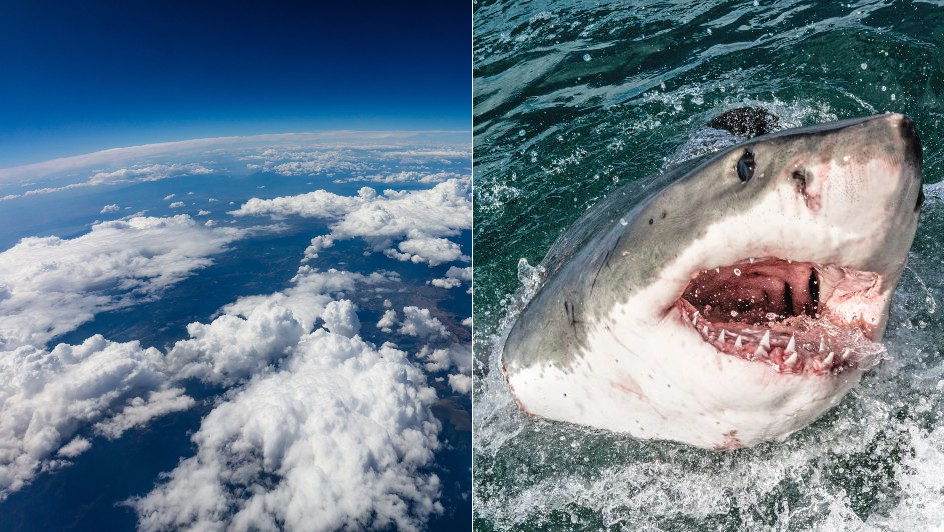5 Amazing Science Facts You Didn’t Know

Our universe is a lot of things: marvellous, mysterious, awe-inspiring and downright weird … all at the same time!
Indeed, these five scientific facts about us and the world that we live in are guaranteed to blow your mind:
Clouds are Really Heavy
Clouds may look light and buoyant, but surprisingly, they are far from weightless.
Per research data, an average cumulus cloud – which one would identify as being white and cotton-like in appearance – is incredibly dense. Taking into account the weight of both the water droplets and the air above it, that cloud could weigh up to 500 000 kilograms!
Thankfully, the air below clouds is generally heavier, allowing them to float on by.
The (Many) Organs of an Octopus
It’s not enough that octopuses have eight tentacles – specifically, six “arms” and two “legs” – but they also have a selection of internal organs outnumbering that of the average human by far.
The body of a common octopus contains a whopping three hearts and nine brains. Two hearts pump blood to the gills, while the third, larger heart circulates blood to the rest of the body.
A central brain controls the octopus’ nervous system. The remaining eight brains, which are smaller in comparison, are located in each of its tentacles: this allows each tentacle to move independently.
Bananas are Radioactive
They’re an essential staple food, but did you know that bananas are also a source of radioactivity?
These delicious fruits are rich in potassium, which helps regulate fluid balance, muscle contractions and nerve signals. However, potassium is also subject to decay: as it decays, it becomes slightly radioactive.
Don’t worry – you would need to eat approximately 10 million bananas all at once before radiation poisoning can occur.
The Largest Living Structure
Made up of nearly 3 000 reefs and 900 coral islands interlinked together, the Great Barrier Reef – located off the coast of Australia – stretches across over 2 000 kilometres over an area of approximately 344 400 square kilometres. It’s huge, so much so that it’s visible from space!
Each reef consists of huge numbers of individual coral polyps, which are soft-bodied, invertebrate animals linked together by tissue. Thanks to this wondrous natural formation, many hundreds of fish, marine mammal and coral species can thrive.
Human Teeth vs Shark Teeth
Move over, “Jaws” – human teeth may not be as sharp as a shark’s, but they’re certainly just as strong.
Scientists say that despite the teeth of a shark being coated with a super-tough enameloid, they are in fact no harder than human teeth, which is also coated in enamel. In other words, our teeth’s overall strength is on par with that of the great ocean predator.




















